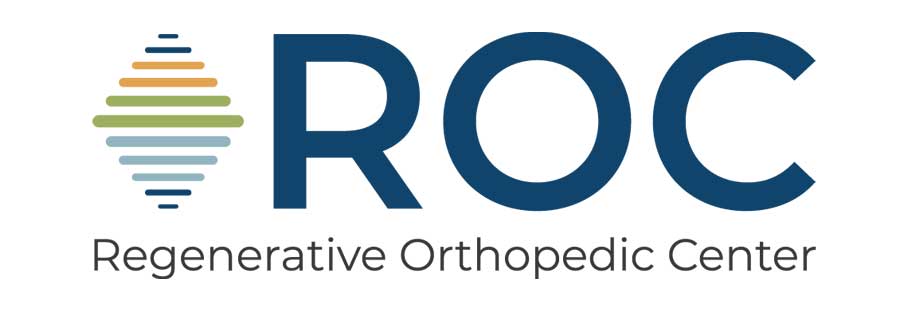By Dr. Brian Puskas, ROC Orthopedics
Injuries to the rotator cuff are a common source of shoulder pain and dysfunction. These injuries can range from tendinopathy and partial-thickness tears to full-thickness, retracted tears of one or multiple tendons. When conservative management fails to provide adequate relief, or when there is significant structural disruption of the rotator cuff, surgical repair is often indicated.
Rotator Cuff Repair: Understanding Surgical Options
Rotator cuff repair can be performed through several methods:
- Open repair: Reserved for large, complex tears or cases where a more extensive visualization is needed for associated procedures (i.e., tendon transfers). This usually involves a deltopectoral approach and offers direct visualization of the rotator cuff anatomy.
- Mini-open repair: A less-invasive version of open repair utilizing a smaller incision, often performed for complex tears when arthroscopic access is limited.
- Arthroscopic repair: The most common approach, utilizing small incisions and specialized instruments. Ideal for the majority of rotator cuff pathologies, as it minimizes soft tissue trauma.
The choice of surgical technique depends on the tear pattern, patient factors, and surgeon preference. In all cases, the goal is to re-establish the normal footprint of the rotator cuff tendons onto the greater tuberosity of the humerus, often employing suture anchors for robust bony fixation.
Recovery: What to Expect
The rotator cuff repair recovery process involves a carefully structured protocol to protect the repair and to optimize healing:
- Immediate Postoperative Period: The arm is typically immobilized in a sling with the goal of controlled, passive range of motion exercises initiated within the first several weeks.
- Physical Therapy: Formal PT plays a crucial role. Initially, an emphasis is placed on restoring passive motion followed by a progression to active-assisted exercises and ultimately a strengthening program.
- Timeline: While the initial healing phase may take 6-12 weeks, the strengthening of the repair and the overall restoration of function can take 6-12 months.
FAQs: Addressing Common Concerns
- Risks of Surgery: As with any surgery, there are potential risks including infection, stiffness, failure of the repair to heal, and nerve injury. A thorough preoperative discussion with your surgeon will clarify these risks.
- Driving Restrictions: Patients typically cannot drive for a minimum of 6 weeks after surgery due to sling immobilization.
- Return to Work: The timeline depends on the physical demands of the job. Sedentary positions may be possible relatively quickly, while labor-intensive occupations may require several months of recovery.
- Long-Term Outcomes: The vast majority of patients experience significant pain reduction and improvement in shoulder function following rotator cuff repair.
ROC Orthopedics: Your Partner in Shoulder Care
Rotator cuff tears can be debilitating, but with appropriate care, excellent outcomes are achievable. At ROC Orthopedics, we utilize the latest evidence-based treatment strategies to help you regain strength and function. If you suspect a rotator cuff injury, don’t hesitate to schedule a consultation.
